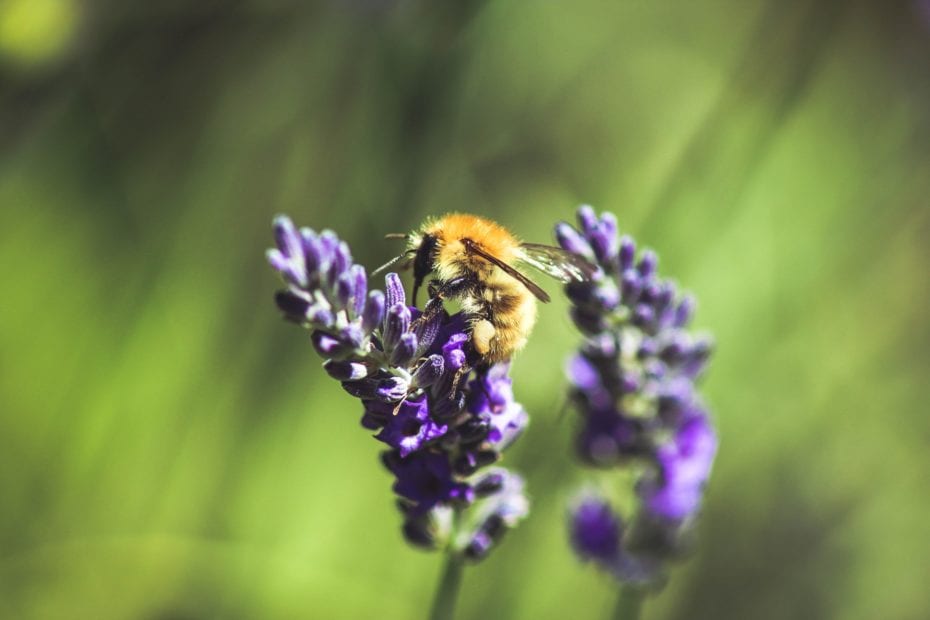And now, let’s all take a deep breath, and try to relax. It’s time for a quick trip to the apiary, and this time, to learn some techniques to help bees deal with natural threats. Here are a few moments to spend with the bees.

We all have many journeys. Gary’s began in a small Midwest town, where he could play unfettered in the woods, finding an early love for nature and learning self-reliance. The space program and the night skies hooked him on astronomy. After finishing college, the wide world beckoned, and his fascination with science drew him to California to participate in the booming tech industry. Now he still stares upward, wondering what it all is about.

How often are the bees/colonies treated? Is the acid organic? Does it affect the taste of the honey? Are the bees able to fly immediately after treatment or is there a period of allowing their wings to dry?
Pam, those are all great questions. Yes, the treatments are types of organic acids, and applied at levels that the bees can tolerate but the mites cannot. For example, oxalic acid is found in carrots, formic acid appears naturally in honey, and thymol is found in oil of thyme. While application varies (in part based on measuring the “mite load” in your colonies), I’ve found that 2-4 applications per year keep the mites at bay. Each application can reduce mites by 90%. Both oxalic acid and formic acid do not affect the honey. It is recommended to pull the honey supers off when treating with thymol. I take the honey supers off for all treatments, as a very conservative practice. The bees can fly immediately. They can sometimes be seen “bearding” at the entrance immediately after the treatment. I imagine from the bees’ perspective that it is a bit like having your house fumigated with some bleach – it doesn’t smell pleasant immediately, but you are glad to have all the germs gone.